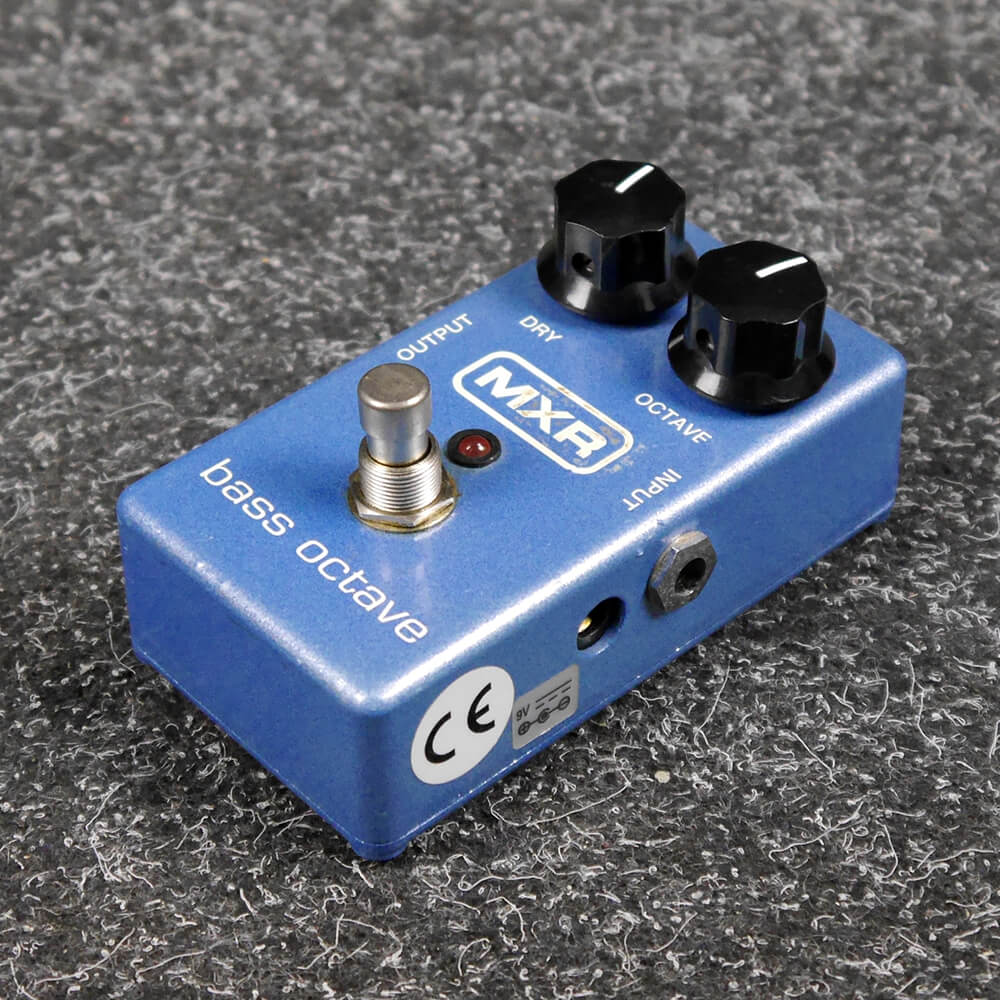

Just like Shrek (and all ogres), Octave pedals are like Onions. Without further ado, let’s see what’s up (and down) with octave pedals! Whatever the case may be, an octave pedal essentially doubles, triples or quadruples your dry signal and re-pitches it to a note other than the one you are playing. I’ll even address octave fuzz (though its own circuit entirely on its own) and how it can be used to achieve a doubling octave effect. There are also octave pedals that can harmonize to any interval you can imagine, including 3rds, 5ths, etc., that create some pretty wild sounds. I’ll get into the uses of both of these later on as I review each pedal. The most notable aspect is whether an octave pedal is monophonic (able to track one note at a time), or polyphonic (able to track multiple notes at the same time). While the Octave effect I used was a simple octave up effect (just two voices once you include my dry signal), there are many different kinds of octave pedals with different voices and harmonizing potential. It goes to show that you should never disregard an effect until you’ve tried it, because after recording “The Gleam” I have been fascinated by octave pedals and how they can change the voice of the guitar.

I’ve heard octave pedals from many of my favorite guitarists, most notably Tom Morello and Jack White, but they are also used by Chick Corea (Synth/Piano), Dean Fertita (Queens of the Stone Age), and many more musicians.ĭespite hearing the effect from so many artists that I admire, I always disregarded it, thinking that it ruined your guitar tone (even though I loved what I was hearing) or that they were a one trick pony. One of the pedals I’ll review here, called the EQD Bit Commander, even labels itself as a Synth Octave effect. Rather, they are activated by triggers, much like a synth, and as a result the effected signal has a more synth-like quality to it. This immediately changed the feel of the part and gave it a more synth-like tone that matched the feel of the song as a whole.įor the most part octave pedals don’t faithfully recreate our guitar tone at another interval. It wasn’t until I got into the studio and worked with our engineer that we landed on an octave effect (mine was a Line 6 original called the Simple Pitch). I have a guitar part in the chorus of this song that felt complete in terms of its arrangement, but it needed an effect that would help it stand out more. That is until I went in to record my band Lumet’s newest single, “The Gleam”. Some brands also make mini octave pedals that offer plenty of functionality without taking up too much pedalboard real-estate.An octave pedal has never been on my board before. If you want to try an octave pedal without spending too much money, then the likes of Mooer, TC Electronic and Behringer produce great affordable options that are easy to use and “track” well - meaning that there is little to no latency. More sophisticated units like the Electro Harmonix POG2 offer up to 2 octaves above and below - perfect for achieving layered, organ-like tones! Most octaver pedals will raise or lower your pitch by just a single octave, or even allow you to apply both for a “stacked” sound.

Octave stompboxes are therefore fantastic for imitating 12-string guitars and even basses! However, instead of adding intervals like 3rds, 4ths or 5ths above/below the notes you play to create a harmonised effect - octave pedals will transpose your guitar’s signal up or down by an octave to give you a cool and somewhat synthetic sound. Octave pedals work in a similar way to pitch shifters.


 0 kommentar(er)
0 kommentar(er)
